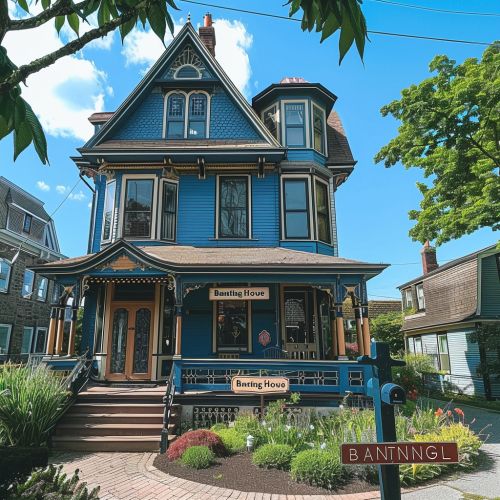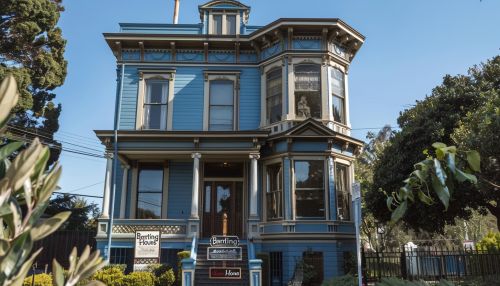Frederick Banting
Early Life and Education
Frederick Banting was born on November 14, 1891, in Alliston, Ontario, Canada. He was the youngest of five children of William Thompson Banting and Margaret Grant. Banting's early education took place in a one-room schoolhouse where he excelled in his studies. He later attended the University of Toronto, where he initially studied divinity but later switched to the study of medicine due to his interest in science and the human body.


Medical Career and Discovery of Insulin
After graduating with an MB degree in 1916, Banting served in the First World War as a medical officer. His experiences during the war significantly influenced his later medical research.
In 1920, Banting returned to the University of Toronto to complete his surgical residency. It was during this time that he first conceived the idea of extracting insulin from the pancreas. Working with medical student Charles Herbert Best, Banting began experiments on dogs, leading to the discovery of insulin as a treatment for diabetes.
Impact and Legacy
Banting's discovery of insulin revolutionized the treatment of diabetes and has saved countless lives. In 1923, he was awarded the Nobel Prize in Physiology or Medicine for his work, making him the first Canadian to receive the prestigious award. Banting continued his research at the University of Toronto and later established the Banting and Best Department of Medical Research.
Personal Life and Death
Banting married Marion Robertson in 1924, and they had one child, William. The couple divorced in 1932, and Banting later married Henrietta Ball. Banting died in 1941 in a plane crash while on a war mission.
